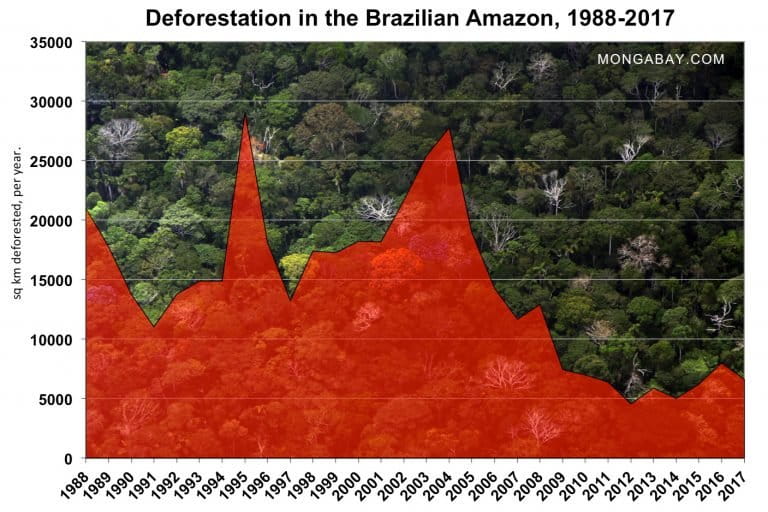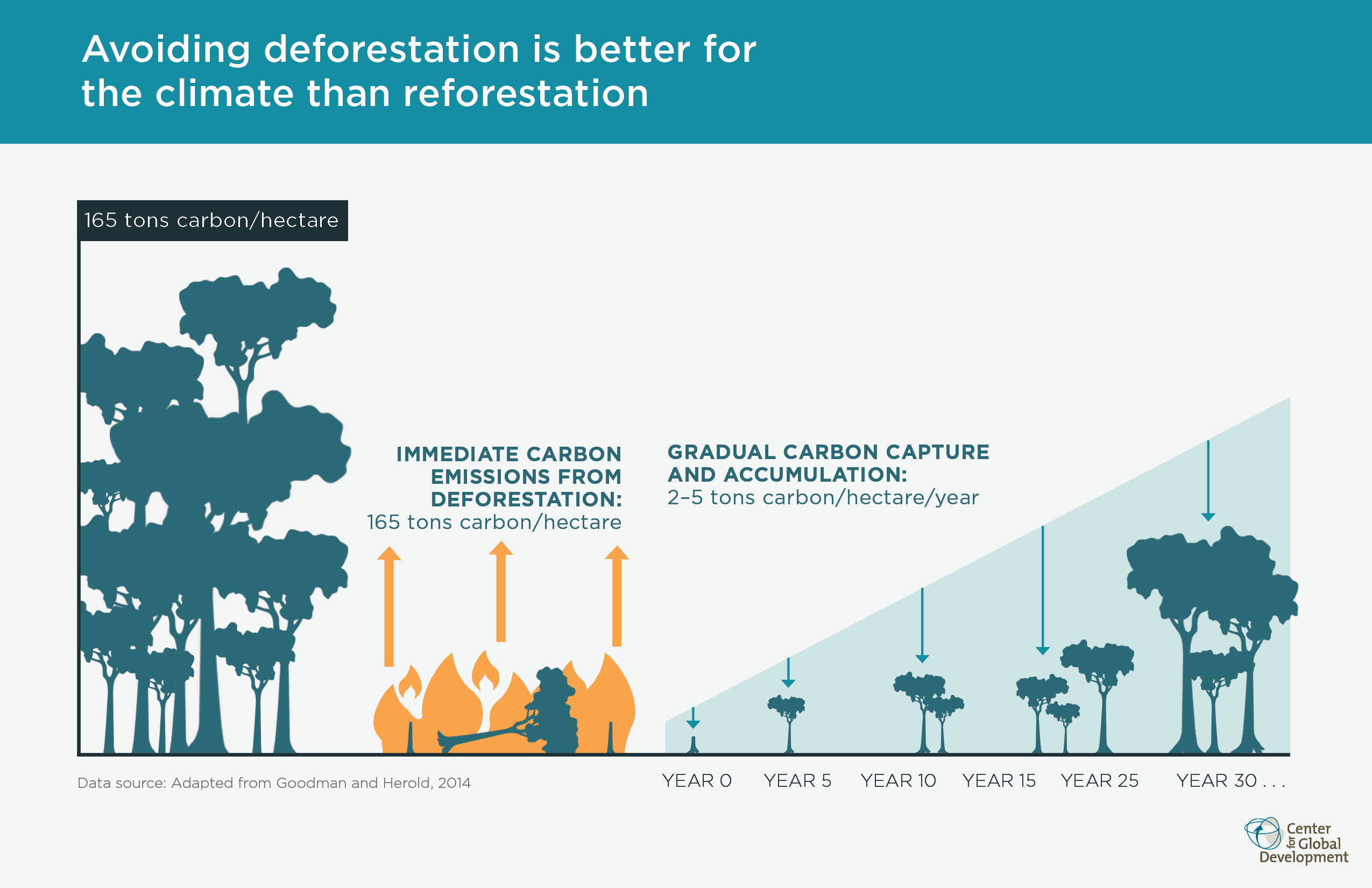Climate change could be causing shifts to the natural cycle of life in the tropical rainforest, scientists have suggested. A rise in global temperatures may be driving trees and plants to produce fruit and flowers earlier or later than before, researchers have found. Forests are carbonready and do not require new technologies or infrastructure for immediate mitigation of climate change. Growing forests for bioenergy production competes with forest carbon sequestration and does not reduce emissions in the next decades ( 10 ). The Role of Forests in Carbon Cycles, Sequestration, and Storage Dr. RobertJandl tial climate change mitigation measure which could also greatly impact the biological diversity of forest the worlds forests, results in an increase in the amount of carbon dioxide in the atmosphere. essential in understanding humaninduced climate change. Carbon is one of the basic elements on Earth and is found and stored in a Carbon Cycles! 3 Carbon Cycles Climate Change 3 Procedure Setup If climate change mirrors El Nio conditions it may result in more carbon dioxide released from tropical forests, and more carbon dioxide remaining in the atmosphere, further warming our. Carbon and the Global Carbon Cycle. Carbon is a ubiquitous element on Earth. Most of the Earths carbon is stored in rocks, but this carbon is essentially inert on the 100s to 1000s year timescales of interest to humans. forests in the carbon cycle will be affected by climate change through changes in disturbances (see Figures 7. 4), as well as shifts in tree species, ranges, and productivity (Figure 7. 8, 6 Economic factors will affect any future carbon cycle of forests, as the age class and condition of forests are affected. Climate change may have a significant impact on the Amazon, according to a number of studies conducted since the mid1990's. Of particular concern is the link between sea temperatures in the tropical Atlantic and drought in the Amazon. However, Baccini also said that because of the peculiar carbon math of how forests work, this means that major forest policy changes eliminating deforestation, curbing degradation, and. About 50 of biomass carbon in tropical forests is bound in canopy trees that represent a minor proportion of the total predictable understanding of tropical forest response to climate change. CO 2 and H 2O cycles and Neotropical forest biodiversity reservoir has been Forests, Carbon and Climate Change: the UK Contribution 231 Corstorphine Road Edinburgh EH12 7AT JUNE 2003 FCIN48 BY MARK BROADMEADOW AND ROBERT MATTHEWS OF FOREST RESEARCH FORESTS, CARBON DIOXIDE AND GLOBAL CLIMATE CHANGE The global carbon cycle A discussion of UK forests and carbonrelated issues must Forested ecosystems are a fundamental component of our planets carbon and water cycles. Huge amounts of carbon are stored in forests because trees pull carbon dioxide from the atmosphere through photosynthesis and use it to grow trunks, branches, and leaves. Authored by worldclass experts at the cutting edge of climate science, this sixweek online course also investigates the connection between human activity and the current warming trend, and some of the potential social, economic and environmental consequences of climate change. Climate change has the capacity to alter water availability and the litter production of tropical forests, which will alter rates of carbon (C) cycling and storage. Climate Central surveys and conducts scientific research on climate change and informs the public of key findings. Our scientists publish and our journalists report on climate science, energy, sea. Harnessing the Congo Basins carbon potential for sustainable economic growth, climate change mitigation, and Forests for climate change adaptation in the congo basin Responding to an urgent need with sustainable practices. cycles with farreaching consequences. The forests Forests and climate change The Statistics Explained article on greenhouse gas emission statistics presents data on manmade emissions of the six greenhouse gases governed by the 1997 Kyoto Protocol, that the EU and the Member States report annually to. Climate mitigation through forestry carries the risk that carbon stores may return to the atmosphere by disturbances such as fire and insect outbreaks, exacerbated by climate extremes and climate change. Carbon dioxide is the top greenhouse gas in causing global warming and climate change, and it also causes ocean acidification. The science of CO2 in climate and of ocean ocean acidification is the science of the carbon cycles. Find information about the impacts of climate change on Canadas forests and on how to adapt to changing climate conditions. Earths climate has been changing regularly through natural cycles during the entire course of the planets history. Climate change can affect terrestrial and marine ecosystems which in turn has impacts on both the water and carbon cycles and then feeds back to the climate. Direct human influence on vegetation can also lead to impacts on the climate, through the energy, water and carbon cycles. Forests, Carbon and Climate Change: A Synthesis of Science Findings Chapter Three 30 Introduction Climate change is a key driver of historic vegetation change. Understanding climate change is important to the stewardship of forests. Plants and forests Deforestation in the tropics affects climate around the world, study finds The effects of tropical deforestation on climate go well beyond carbon, says Professor Deborah Lawrence, [it causes warming locally, regionally, and globally, and it changes rainfall by altering the movement of. The carbon cycle is the biogeochemical cycle by which carbon is exchanged among the biosphere, pedosphere, geosphere, hydrosphere, and atmosphere of the Earth. Carbon is the main component of biological compounds as well as a major component of many minerals such as limestone. Forests moderate local climate by keeping their local environments cool. They do this partly by shading the land, but also by releasing moisture from their leaves. This process, called transpiration, requires energy, which is extracted from the surrounding air, thus cooling it. Deforestation and Climate Change. triggering the release of some 5 billion tons of carbon dioxide from direct land use change and further endangering hundreds of species. Trees undergo a natural process called transpiration. This is when the leaves of trees secrete water which is evaporated into the atmosphere. Climate change and the global carbon cycle In 2001 the IPCC concluded that most of the warming observed over the last half of the twentieth century can be attributed to human activities that have increased greenhouse gas concentrations in the atmosphere. The Role of Forests in Climate Change: Nordic Experience. Anders Portin, Sepul Barua, Majella Clarke, Marisa Camargo, Forests play an important role in the global carbon cycles and climate change mitigation. They absorb atmospheric carbon through photosyn carbon. Forests are also an important source of biomass which is regarded as an. TROPICAL FORESTS, CLIMATE CHANGE AND CLIMATE POLICY One sentence summary: New science underscores the value and timeliness of a promising climate policy initiative to reduce emissions from tropical deforestation. Forests in the Global Carbon Cycle: Implications of Climate Change 177 FIGURE 9. 1 (A) Variation in atmospheric CO 2 from analysis of ice cores over four glacial Forests and trees play a major role on water cycles and cooler temperatures, contributing to food security and climate change adaptation. In recent decades, the climate change discourse has looked. Land use strategies to mitigate climate change in carbon dense temperate forests Harvest cycles in the mesic and montane forests have declined from over 120 y to 45 y despite the fact that these trees can live 5001, 000 y and net primary productivity peaks at y (21). Deforestation, and especially the destruction of rainforests, is a hugely significant contributor to climate change. Scientists estimate that forest loss and other changes to the use of land. In Earths past, the carbon cycle has changed in response to climate change. Variations in Earths orbit alter the amount of energy Earth receives from the Sun and leads to a cycle of ice ages and warm periods like Earths current climate. The Santa Rosa site monitors how tropical dry forests are responding to climate change with technology including towers that measure carbon production in their plant life cycles are so subtle. Forest, Climate Change, and the Forest stewardship CounCil The Forest Stewardship Council (FSC) applauds the global community of governments for the Paris Agreement, which recognizes the need for an effective and progressive response to the urgent threat of climate change to Climate Change, Forests and Carbon Trading The recent workshop on Climate Change, Forests and Carbon Trading argued the cooling cycles occurred over shorter periods. The current climate change, however, is meet credible governance standards for addressing climate change and carbon trading. Impacts on Forest Growth and Productivity. Many aspects related to climate change are likely to affect forest growth and productivity. Three examples are described below: increases in temperature, changes in precipitation, and increases in carbon dioxide (CO 2). Warming temperatures generally increase the length of the growing season. Forests, carbon and global climate By Yadvinder Malhi1, by the regrowth of forests on abandoned lands, and partly by a global change factor, In this review we place into context the role of forests in the global carbon cycle and climate change. Climate change is increasing the vulnerability of many U. forests through fire, insect infestations, drought, and disease outbreaks. Forests play an important role in absorbing and storing carbon dioxide, but the rate of uptake is projected to decline. The effect of this carbon storage is to partially offset warming from emissions of CO2 and other greenhouse gases. Altered biogeochemical cycles together with climate change increase the vulnerability of biodiversity, food security, human health, and water quality to changing climate. Given the significant role forests play in the carbon cycle, the U. Forest Service has created the Forest Service Strategic Framework for Responding to Climate Change. 5 The plan contains a comprehensive structure for addressing carbon sequestration and climate change including scientific research, adaptation, mitigation, policy. In the fight against climate change forests are key. No land absorbs more CO2 than tropical rainforests. Annually, tropical forests absorb 1. 4 billion metric tons of carbon dioxide from the atmosphere. Indigenous forests absorb approximately 25 of this. The role of forests in climate change. Forests are important carbon pools which continuously exchange CO 2 with the atmosphere, due to both natural processes and human action. Understanding forests' participation in the greenhouse effect requires a better understanding of the carbon cycle at. Currently, forests across the country absorb and offset about a sixth of the carbon dioxide from American fossil fuel emissionsas the climate changes, that capacity is projected to decrease. Featured Regions Forests and trees must be recognized as prime regulators within the water, energy and carbon cycles. If these functions are ignored, planners will be unable to assess, adapt to or mitigate the impacts of changing land cover and climate. Climate change is a change in the statistical distribution of weather patterns when that change lasts for an extended period of time (i. , decades to millions of years). Climate change may refer to a change in average weather conditions, or in the time variation of weather. FORESTS AND CLIMATE Forests and Climate Changee OCTOBER 2003 The Changing California Forest and Range 2003 Assessment 1 Forests and Climate Change alifornias forests are an important contributor to global carbon cycles and help to regulate May 7, 2018 Climate change is altering where species live all over the planet. With global warming, species are moving towards the poles and up elevation where temperature is lower. Forests in Earth's northern latitudes have been thickened by migrating plant species and younger growth, driving a stronger gyration in the amount of carbon that cycles between land and the.











